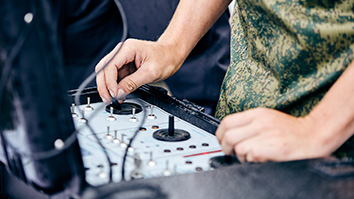Citation
Su, N. M., Brdiczka, O., & Begole, B. (2013). The routineness of routines: measuring rhythms of media interaction. Human–Computer Interaction, 28(4), 287-334.
Abstract
The routines of information work are commonplace yet difficult to characterize. While cognitive models have successfully characterized routine tasks within which there is little variation, a large body of ethnomethodological research has identified the inherent non routineness of routines in information work. We argue that work does not fall into discrete classes of routine versus nonroutine; rather, task performance lies on a continuum of routineness and routineness metrics are important to the understanding of workplace multitasking. In a study of 10 information workers shadowed for three whole working days each, we utilize the construct of working sphere to model projects/tasks as a network of humans and artifacts. Employing a statistical technique called T-pattern analysis, we derive measures of routineness from these real-world data. In terms of routineness, we show that information workers experience archetypes of working spheres. The results indicate that T-patterns of interactions with information and computational media are important indicators of facets of routineness and that these measures are correlated with workers affective states. Our results are some of the first to demonstrate how regular temporal patterns of media interaction in tasks are related to stress. These results suggest that designs of systems to facilitate so-called routine work should consider the degrees to which a persons working spheres fall along varying facets of routineness.


